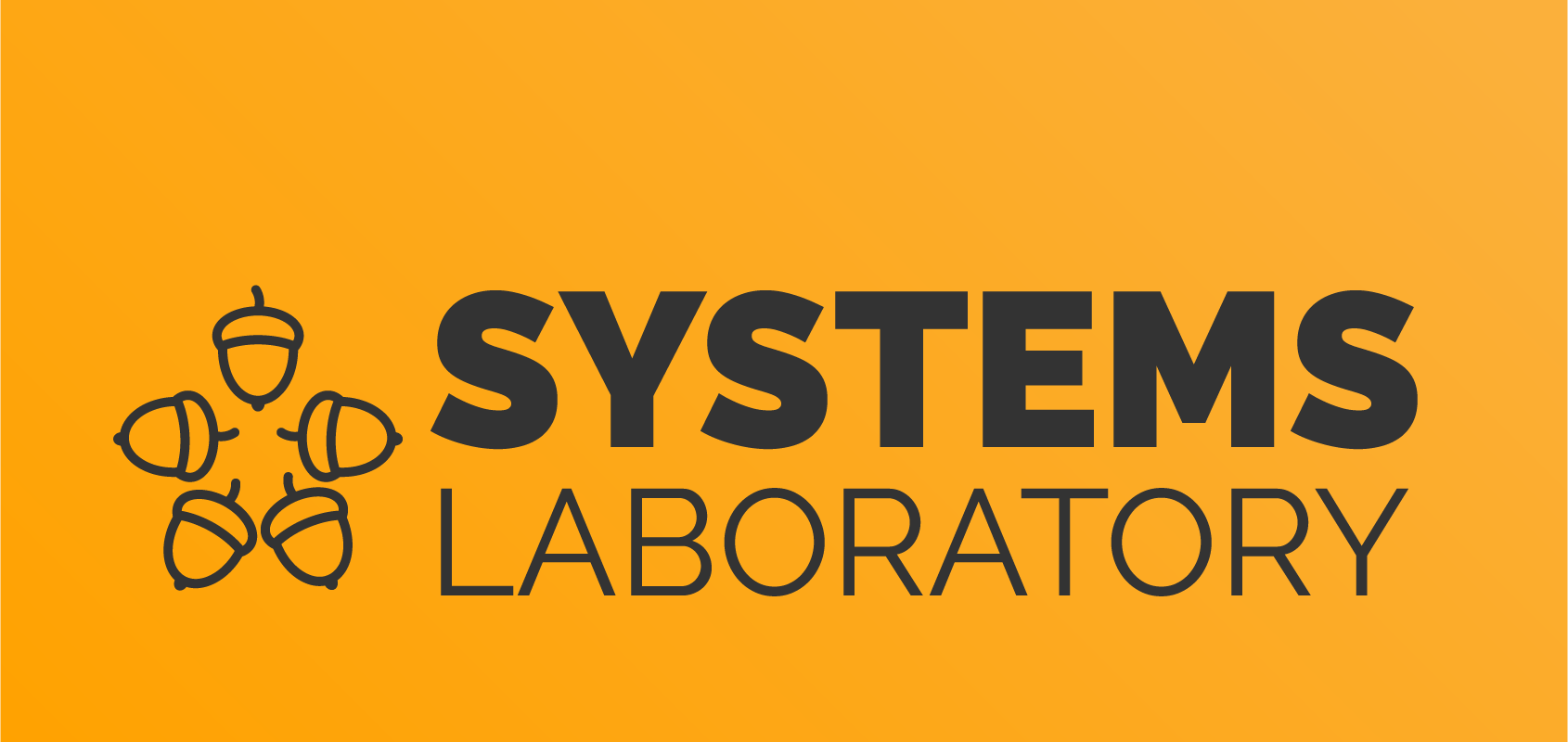This is an old revision of the document!
Assignment 0
str-pass (1 pt.)
Obtain access. Use only strings. Getting the password might not be trivial.
What to submit
A shell script that finds and displays the username and the password - each on its own line. Name it str-pass.sh. The script will receive the path to the binary as its first argument. Again, you will only be able to call strings and the binary. Keep in mind that things change on our testing infrastructure - make it work with any password.
gdb-sha1 (3 pts.)
Let's play with GDB. This binary computes the SHA-1 hash of some input, but if you send him a signal at the right time, it will also compute a special hash. Make a GDB script/commands file that goes through the following steps (you can add more stuff if you want):
- catch the
read()syscall (only the one called when reading the data to be hashed) - break before the call to
compute_hash()(you should still be inmain()) - print the 5 instructions before the current instruction pointer
- break on
printfcalls when the special/reversed hash mode is active; print the current frame and EIP each time this breakpoint triggers - break on
malloc; print the return value aftermallocis done - break after
malloccall (incompute_hash()) and print the stack, the registers and the last 3 frames - move to the previous frame; print registers
- move back; print locals and arguments
- remove all breakpoints, catchpoints and watchpoints
- rerun
- watch for mode changes
- send the required signal
- rerun; trigger the mode change without sending the signal
- break somewhere; print the memory where the intro message is held in hex
- rerun; break after
compute_hash()(inmain()) - print the heap section holding the hash in hex
- rerun; trigger the mode change; break just before main has finished
- get the hash from stdout; find it in memory using GDB (you can call, from GDB, a small shell/Python script to make format conversions)
Tips
- Use source code line numbers and/or addresses when you cannot use the symbols.
- You can redirect all GDB and the binary's outputs to files.
- On Ubuntu/Debian x86_64: You will need libssl-dev:i386. Installing that might uninstall the 64-bit libssl. Be sure to reinstall it after you finish. We tested with libssl-dev:i386 1.0.1c-4ubuntu8.1 on Ubuntu Raring.
Bonus
- Write everything in Python and run the script with GDB's interpreter.
What to submit
The GDB script/commands file or the Python script (for bonus). Any aditional scripts called from GDB should also be submitted. Your submission will be run as follows, in the directory containing the hasher binary:
- normal:
gdb -q --command=gdb-sha1.gdb - bonus:
gdb -q -x gdb-sha1.py
rev-this (3 pts.)
Can you guess the Username and the Password that this program is using? You'll have to read some assembly code in order to solve this task. The username, the password and the key (A_KEY_THAT_YOU_LL_NEVER_GET…REALLY) are randomly generated each time the binary is tested by our system.
What to submit
A python script that prints to stdout (in binary format, no newline) the correct string that has to be used as input by rev-this. A correct input will make the program to show the OK message. The submited python script will receive, as first argument, the path to the rev-this binary.
png-bof (3 pts.)
There is a buffer overflow in this program, can you trigger it? You'll have to understand a protocol, *trace is your friend.
Note: a failed assertion is not a buffer overflow. You should be able to trigger a SIGSEGV.
What to submit
A python script that prints to stdout (in binary format, no newline) the correct string that has to be used as input by png-bof. A correct input will force the program to crash with a SIGSEGV.
Submission
The submission will made through VMchecker interface.
Archive format
The archive will contain at least the following 5 files:
README
gdb-sha1.gdb
str-pass.sh
rev-this.py
png-bof.py
Note: the python version from the machine is: 2.6.6. The machine is a 32bit Ubuntu based machine.
README
Shortly describe your approach for each task. If some details are not clear you can ask us or make some assumptions. Describe the assumptions in the README file.
Example
foo-bar -------- objdump can be used to disassemble the binary. I found an overflow when reading into the input buffer (see snippet below). We can generate an attack string with the following format: [FORMAT]. [assembly snippet showing the ovf] I am not sure if the UNIVERSAL answer is 41 or 42, but I tried using 42 and seems to work. Further investigation into why this is the case might be needed. Tests pass just fine.
Files
cns-assignment-0.v47-g2778188.tar.gz
Last version SHA1: 87f74e7d3fa4d501b38001778084ba52d5838a1a
If you encounter problems, please make sure you are working with the latest version.
Updates Log
- Oct 15 22:24: Two x86-64 binaries (str-pass & png-bof) replaced by x86. Same functionality.
Hints
If you are really stuck or think that there is a bug in the assignment feel free to ask the OSS Team. Keep in mind that we wont give solutions but rather hints. We will answer in less than one day and update this page accordingly.


